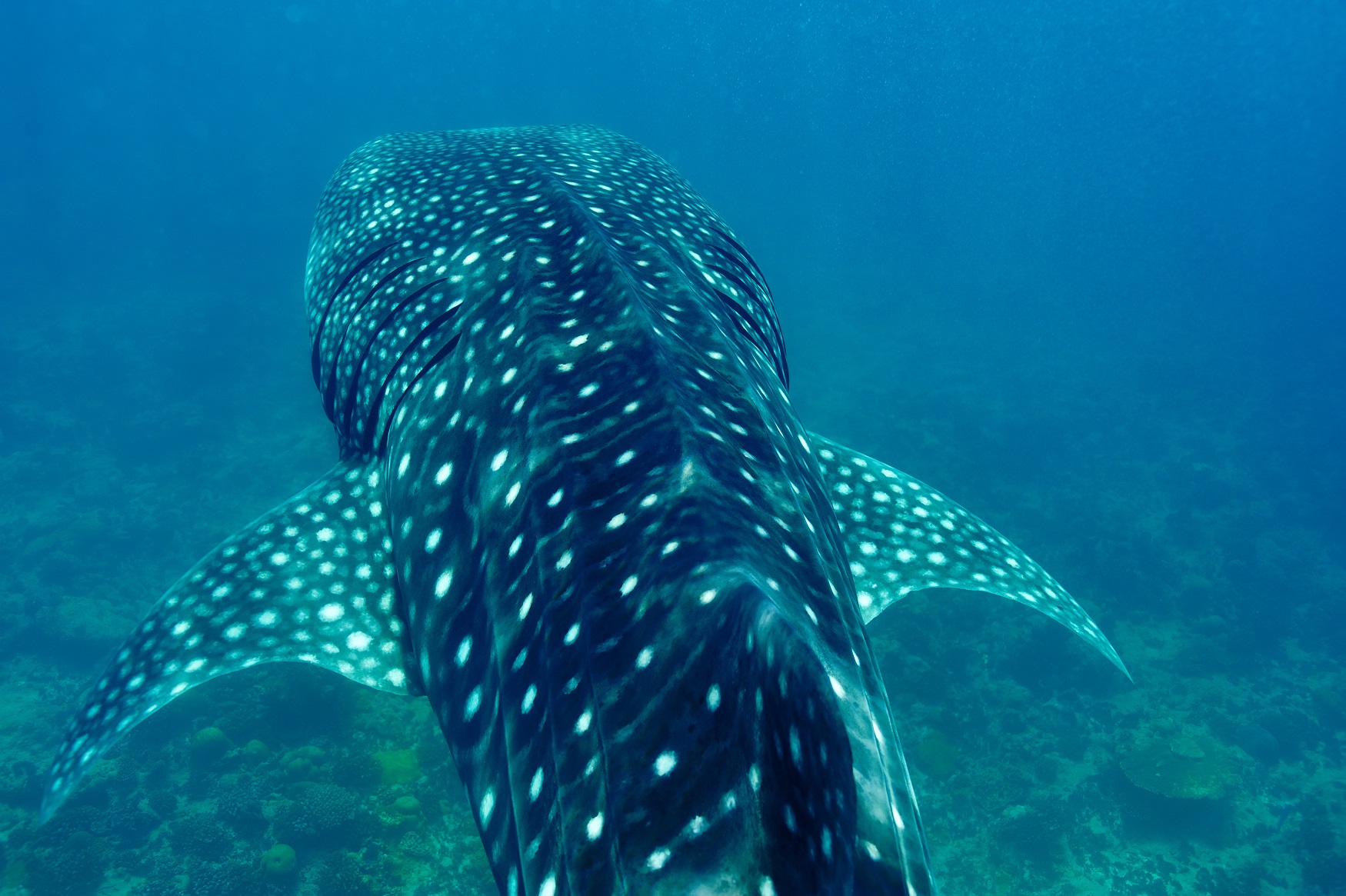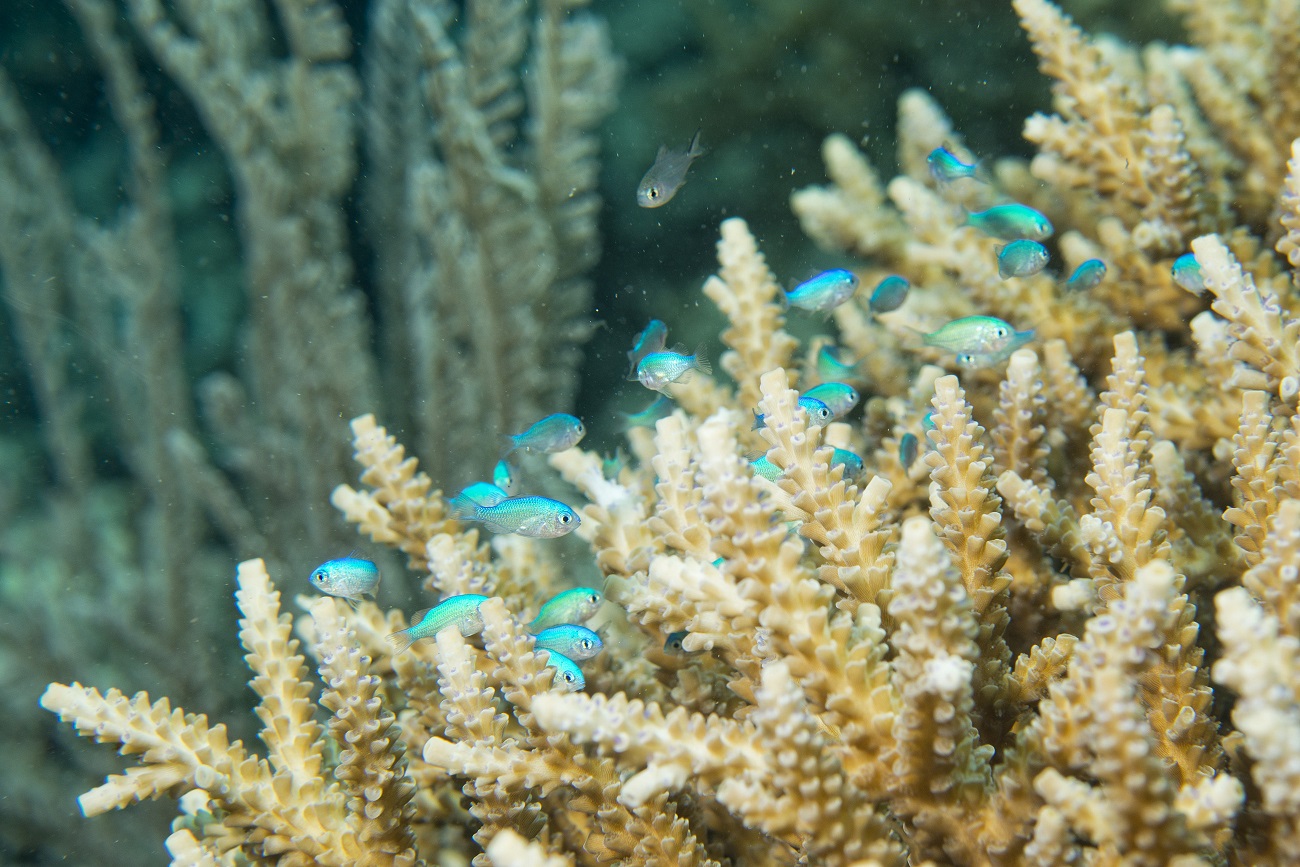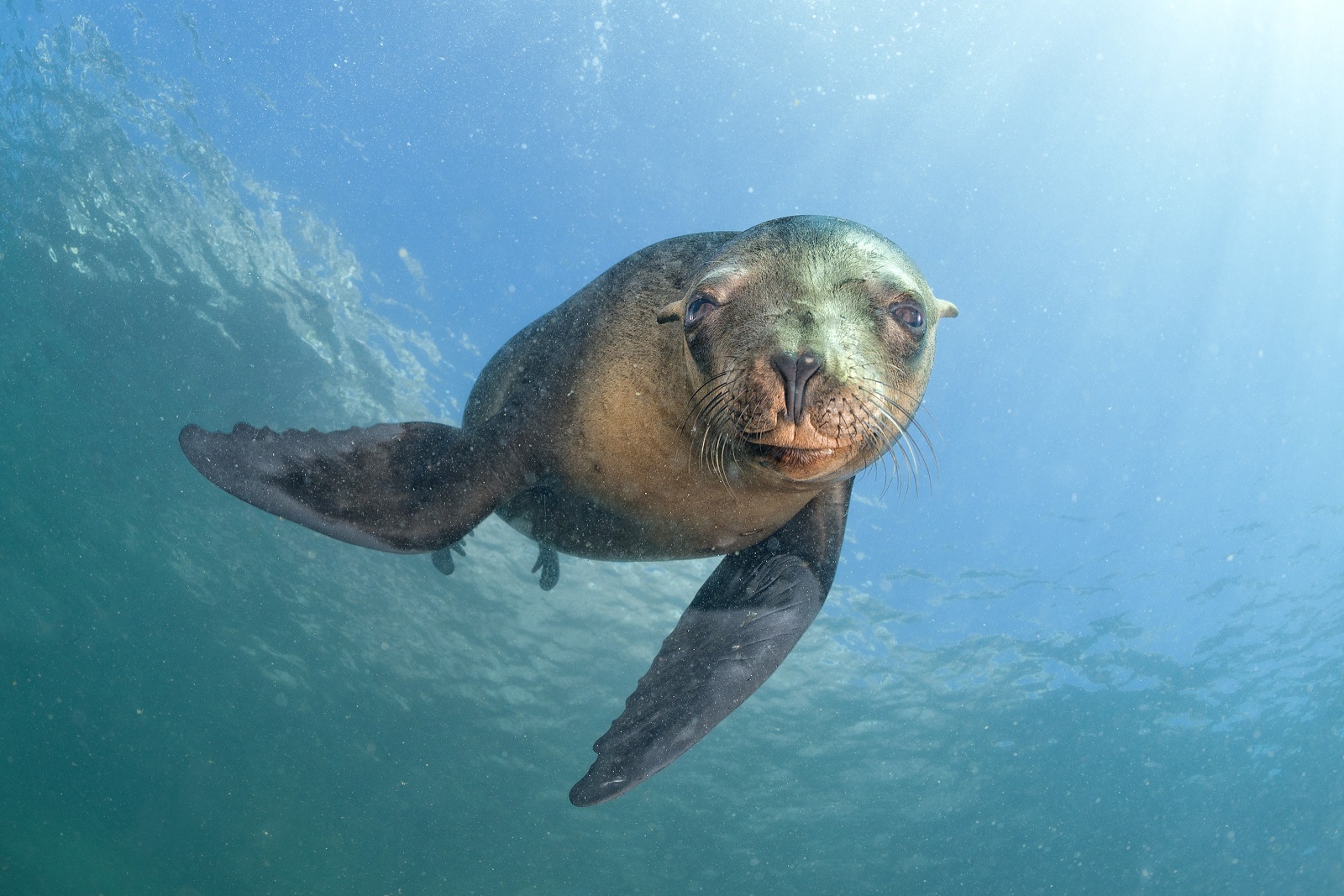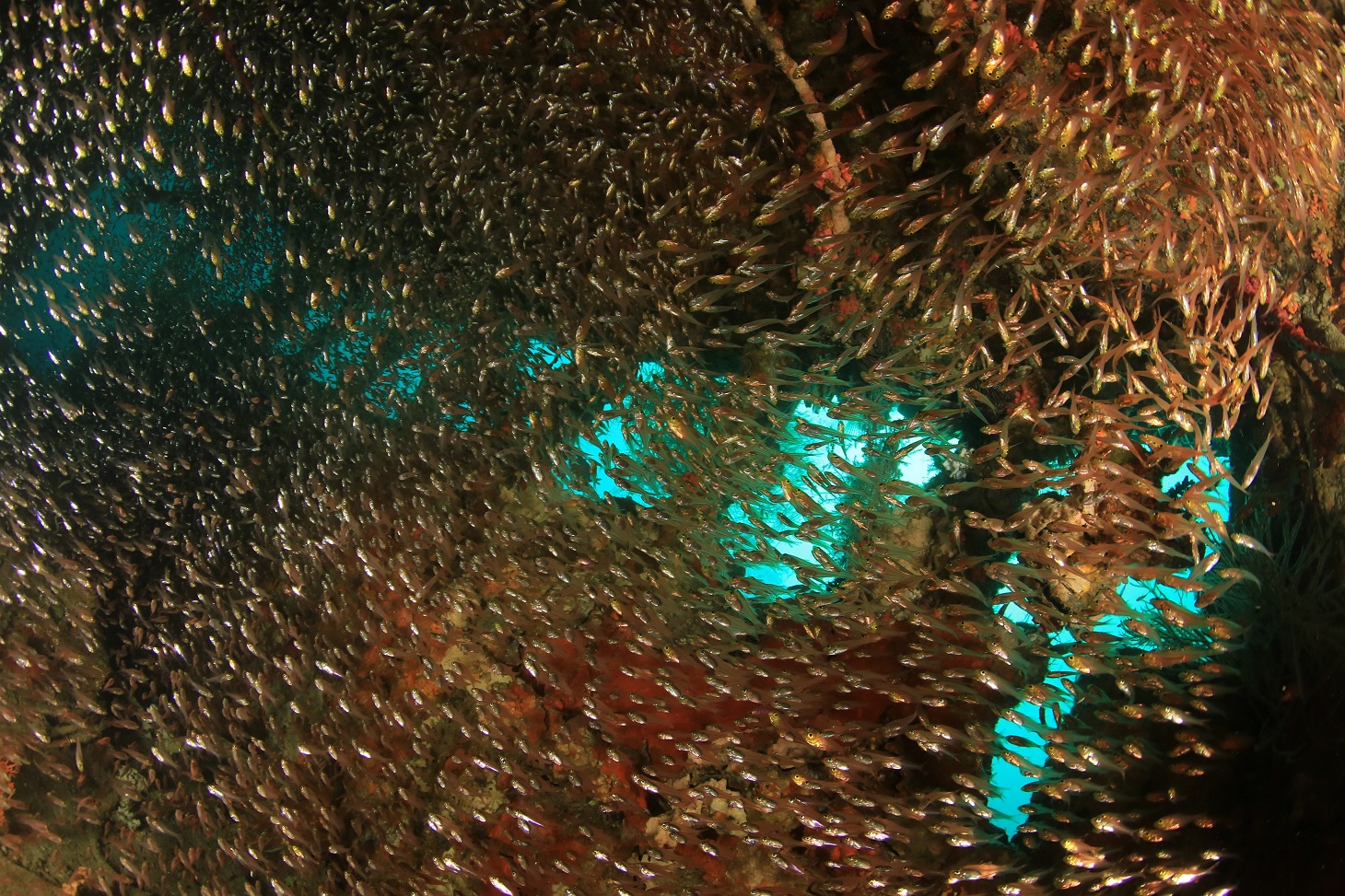Table of Content
Spring is a transitional period between two seasons, meaning that it can offer favorable diving conditions. In many regions, spring is the start of the dry season, with less rainfall and calmer winds, creating more favorable conditions for diving. Warmer water temperatures also increase the likelihood of encountering a wide range of marine life, including large pelagic species such as sharks, rays, and schools of fish. There are several fantastic liveaboard diving destinations that are ideal for spring. Here are a few of the best options:
The Maldives
The Maldives is a year-round diving destination, but the months of March, April, and May offer some of the best conditions for diving. During these months, the water is warm and clear, and there are plenty of opportunities to see a wide variety of marine life, including sharks, manta rays, and turtles. Liveaboard diving in the Maldives during spring is an unforgettable experience, offering divers the chance to witness some of the most incredible marine life in the world. Divers can expect to see a wide variety of marine life, including majestic manta rays and gentle whale sharks that can grow up to 40 feet long. The Maldives is also home to some of the most beautiful and diverse coral reefs in the world, with a wide variety of hard and soft corals and an abundance of colorful reef fish.
In addition to the stunning marine life, the Maldives is also known for its crystal clear waters, offering excellent visibility for divers. The underwater world in the Maldives during spring is a true wonder and a must-visit for any diving enthusiast.
The underwater conditions in the Maldives during spring (March, April, and May) are generally very good for diving. The water temperature during this time ranges from around 27-30°C (80-86°F), providing warm and comfortable conditions for divers.
Visibility in the Maldives during spring is generally excellent, with divers able to enjoy crystal-clear waters and excellent visibility of up to 30 meters (100 feet) or more. The warm and clear waters of the Maldives during spring create ideal conditions for diving, allowing divers to fully immerse themselves in the stunning underwater world of the Maldives.

Raja Ampat, Indonesia
Spring is a great time to visit Raja Ampat, as the weather is typically calm and the water is clear. Divers can expect to see a wide variety of marine life, including colorful reef fish, sharks, and manta rays.
A diving cruise in Raja Ampat, Indonesia during spring is an unforgettable experience, with divers having the opportunity to explore one of the most biodiverse marine ecosystems in the world. One of the main highlights of diving in Raja Ampat during spring is the vibrant coral reefs. The underwater world is a kaleidoscope of colors, with an incredible variety of hard and soft corals creating a beautiful backdrop for diverse marine life. Divers can expect to see a wide variety of marine species, from tiny nudibranchs to large pelagics such as manta rays and sharks. Raja Ampat is home to over 1,500 species of fish, making it one of the most biodiverse regions on the planet. In addition to the incredible marine life, the underwater topography in Raja Ampat is also stunning, with an abundance of walls, pinnacles, and caves to explore. Divers can also witness the unique phenomenon of “walking sharks” in Raja Ampat during spring, where certain species of sharks can be seen walking along the ocean floor using their fins. Overall, diving in Raja Ampat during spring is a must-do for any diving enthusiast, providing a truly unforgettable experience of the world’s most diverse and beautiful underwater ecosystems.
In the spring months, the water temperature in Raja Ampat can range from 27-30°C (81-86°F). The visibility can also vary, but generally, it is good during this time of year, ranging from 20-30 meters (66-98 feet).

The Red Sea, Egypt
Spring is a great time to dive in Egypt for several reasons. Firstly, the water temperature in the Red Sea during spring is warm and comfortable, making it an ideal time for diving without the need for a thick wetsuit. Secondly, the weather conditions in Egypt during spring are generally sunny and dry, with minimal rainfall and low humidity, providing ideal diving conditions.
Another reason why spring is a good time to dive in Egypt is that the sea conditions tend to be calm and predictable during this time, with minimal currents and good visibility, making it easier to navigate and explore the reefs and wrecks of the Red Sea.
During a liveaboard diving trip in the Red Sea, you can expect to see a vast array of colorful fish and corals. Schools of fish such as barracuda, tuna, and snappers are commonly seen in the Red Sea’s waters, along with larger pelagic species such as reef sharks and dolphins.
The Red Sea is also home to many species of hard and soft corals, which provide a beautiful and diverse underwater landscape. You may see towering coral pinnacles, vibrant gardens of coral, and intricate coral formations. Some of the most common types of coral found in the Red Sea include brain coral, staghorn coral, and table coral.
In addition to fish and coral, the Red Sea is home to many other marine creatures such as sea turtles, moray eels, and octopuses. Exploring the Red Sea’s wrecks and dive sites, you may also encounter unusual species such as frogfish, seahorses, and nudibranchs.
In Egypt, during spring (March, April, and May), the water temperature in the Red Sea typically ranges between 23-27°C (73-81°F). As for visibility, the Red Sea is known for its excellent water clarity, and during spring, visibility can range from 20-40 meters (65-130 feet), depending on the dive site and weather conditions. The calm sea conditions during spring can also help to maintain good visibility, as there is usually minimal wave action or currents that could stir up sediment and reduce visibility.

Galapagos Islands, Ecuador
The Galapagos liveaboard diving offers some of the most unique and exciting diving experiences in the world. Spring is an excellent time for diving in the Galapagos Islands. It coincides with the warm season, which brings warmer water temperatures and an abundance of marine life to the area. During the warm season, the ocean currents shift, bringing nutrient-rich waters to the Galapagos Islands, which in turn attract a variety of marine creatures, including larger pelagic species such as hammerhead sharks, whale sharks, and manta rays.
Additionally, the warmer water temperatures during spring make diving more comfortable, as divers do not need to wear thick wetsuits to stay warm. This means that divers can spend more time in the water, exploring the incredible underwater world of the Galapagos Islands.
During a liveaboard diving trip in the Galapagos Islands in spring, divers can expect to see a vast array of colorful fish and corals. Schools of fish such as jacks, snappers, and surgeonfish are commonly seen, along with larger pelagic species such as hammerhead sharks, whale sharks, and manta rays, which are more commonly found in the waters around the Galapagos during the warm season. Galapagos Islands are also home to other marine creatures such as sea turtles, sea lions, marine iguanas, and penguins. During the warm season, divers may also see a variety of pelagic species, including dolphins and orcas, as well as larger schools of fish, such as tuna and barracuda.
In general, water temperatures in the Galapagos Islands during spring range from around 21°C (70°F) to 26°C (79°F), with the warmest temperatures occurring later in the season. Visibility in the Galapagos Islands can also vary, but during spring, it is typically excellent, with visibility often reaching up to 30 meters (100 feet) or more in some areas. The clear waters of the Galapagos Islands make it an ideal location for diving and underwater photography, allowing divers to see a wide variety of marine life and stunning coral formations with great clarity.

Palau
Spring is considered an excellent time for diving in Palau due to a combination of factors that make it an optimal season for experiencing the region’s incredible marine life and underwater landscapes. spring is considered the start of the dry season in Palau, with less rainfall and calmer winds, creating favorable conditions for diving. Calm conditions make it easier to access dive sites and explore the region’s diverse and stunning coral reefs, as well as its incredible marine life.
Liveaboard diving in Palau during spring can be a fantastic experience, offering divers the opportunity to explore a diverse range of dive sites, from coral gardens to stunning drop-offs, and to encounter an incredible variety of marine life.
One of the highlights of diving in Palau during spring is the chance to see large pelagic species such as sharks, rays, and schools of fish. The nutrient-rich waters and strong currents during this time of year attract many species of sharks, including reef sharks, whitetip sharks, and the occasional sighting of the majestic hammerhead shark. Divers can also spot manta rays and eagle rays gliding through the water, and schools of barracuda and jacks moving in unison.
In addition to the larger marine creatures, Palau is also known for its vibrant coral gardens, which provide a home to a variety of colorful reef fish, such as butterflyfish, angelfish, and wrasses. Divers can also find beautiful hard and soft corals, sea fans, and sponges, creating a kaleidoscope of colors and textures.
During spring (March to May), the water temperature in Palau is generally warm and comfortable for diving, ranging from around 27-29°C (81-84°F). During spring (March to May), the water temperature in Palau is generally warm and comfortable for diving, ranging from around 27-29°C (81-84°F).

Spring is an excellent time for liveaboard diving is the potential for clear water visibility. As the weather improves and the rainy season ends, underwater visibility can often be excellent, offering the chance to explore stunning coral reefs and marine ecosystems. Choosing spring months for liveaboard diving can offer a fantastic diving experience, with favorable weather conditions, warm water temperatures, excellent visibility, and the chance to encounter incredible marine life